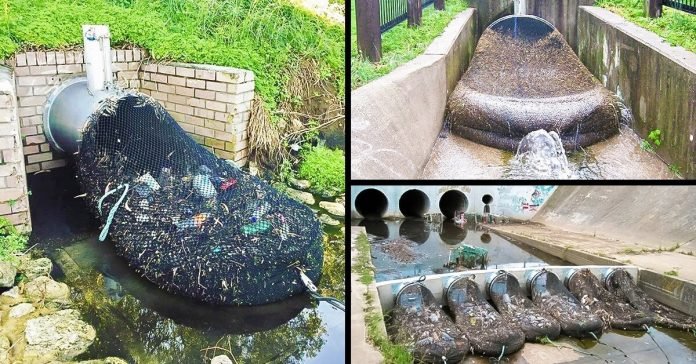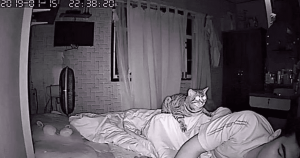Plastic pollution is a real threat not only to humans but also to wildlife.
While we try our best to not litter the environment, sometimes things do get out of control.
For example, heavy rains and winds can wash and blow away plastic debris that ends up eventually polluting the environment.
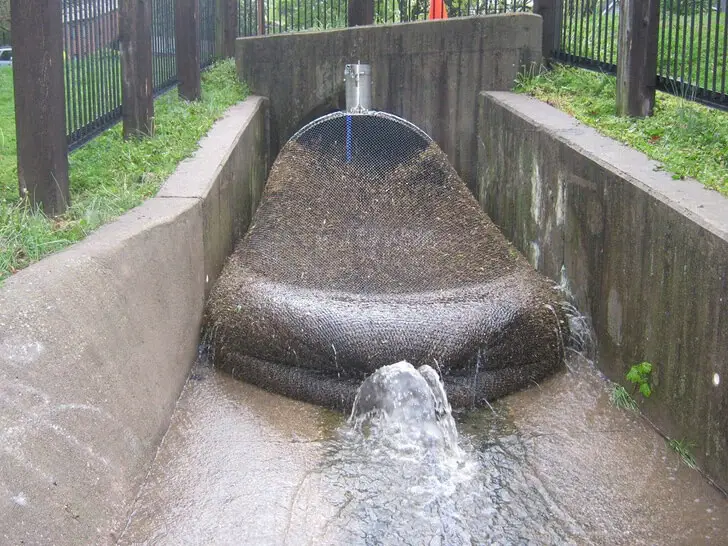
To combat these harmful effects of plastic pollution and in order to save water, the Australian city of Kwinana came up with a brilliant plan – a new filtration system in the Henley Reserve that will automatically segregate plastic items from flowing waters.
This new filtration system has been widely appreciated by both the government as well as the local citizens.
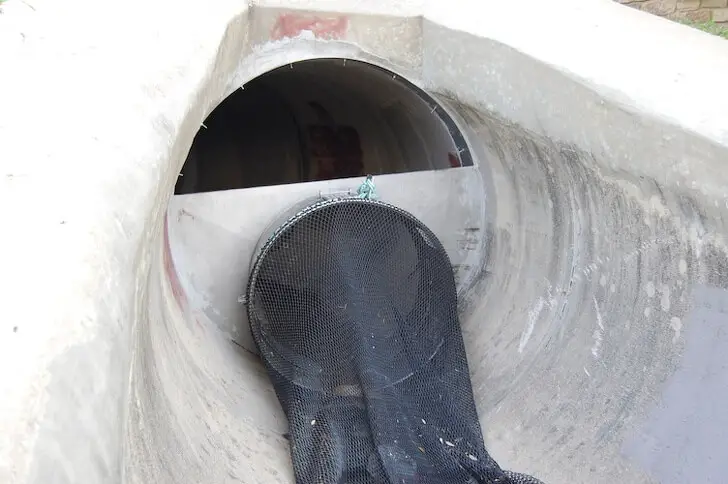
The new filtration system has a net which is firmly secured to the outlet of a drainage pipe, which in turn helps to collect large debris of floating plastic from contaminating the water and thus protecting the environment.
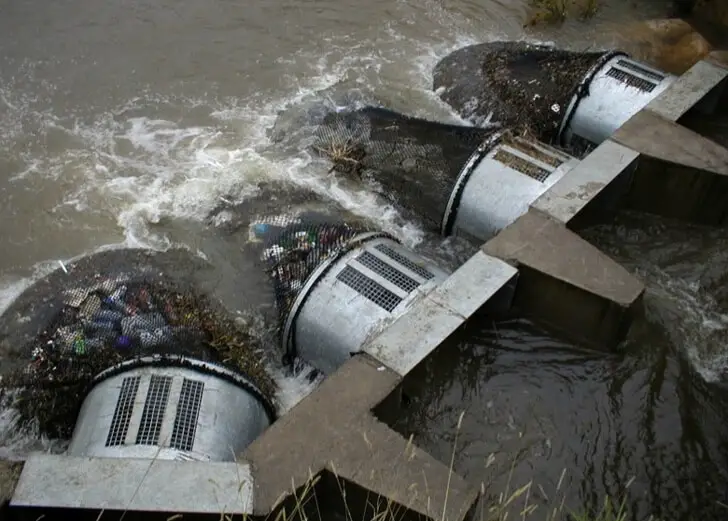
As we mentioned previously, plastic trash and litter can dangerously affect the environment, the effects of which can be quite overwhelming.
There’s only so much you can do to reduce plastic pollution, but we can agree that the drainage systems collect a huge amount of this trash and litter especially after they’ve been washed away by heavy rains.
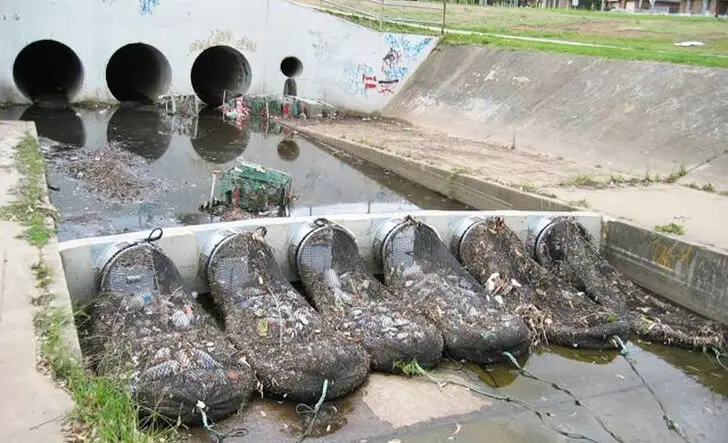
The city authorities were surprised at the results after securing just two nets to drainage outlets, which ended up collecting over 800 pounds of plastic trash within several weeks.
Thanks to the positive outcomes of installing these two nets, the government has decided to secure nets all over the city in order to minimize plastic pollution to wildlife and to protect the environment.

Although the installation of these nets cost approximately $10,000 each, we can not deny the massive cost savings in the long run, i.e. employing people to manually collect all the litter.
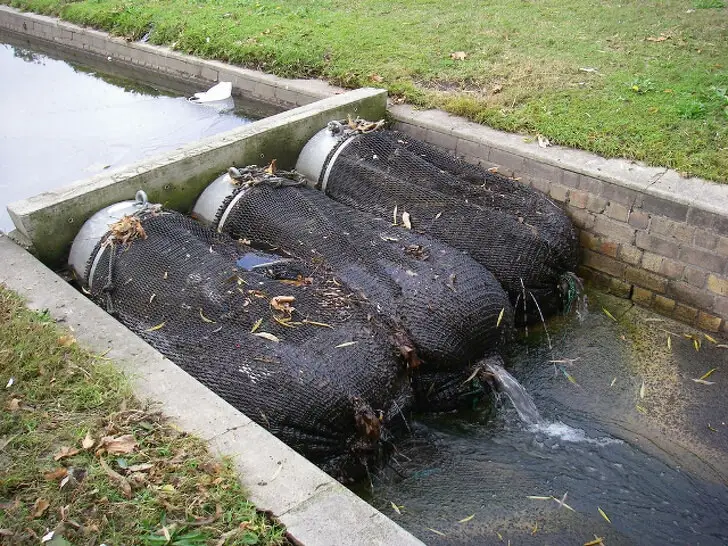
As soon as the nets are full, they’re lifted and the garbage collected in them is thrown into special garbage collecting trucks.
These trucks then transport the trash to a sorting facility where it gets separated into non-recyclable and recyclable material and then processed further.
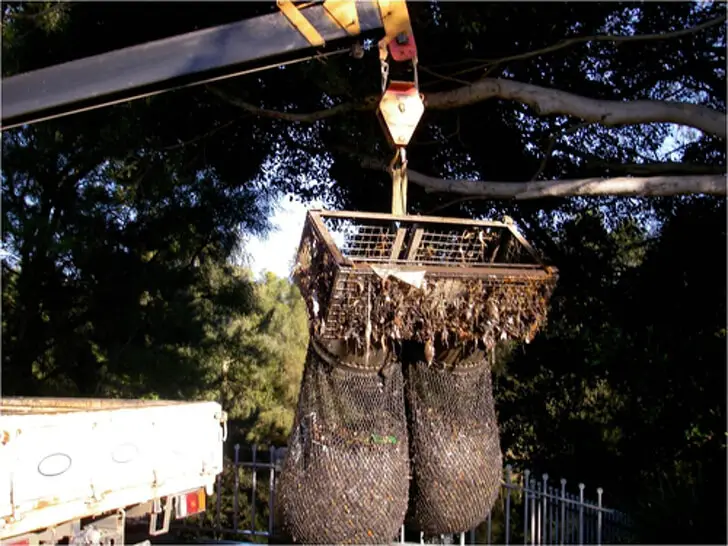
As soon as the nets are emptied, they’re secured back to the drainage outlets to begin collecting another round of debris.
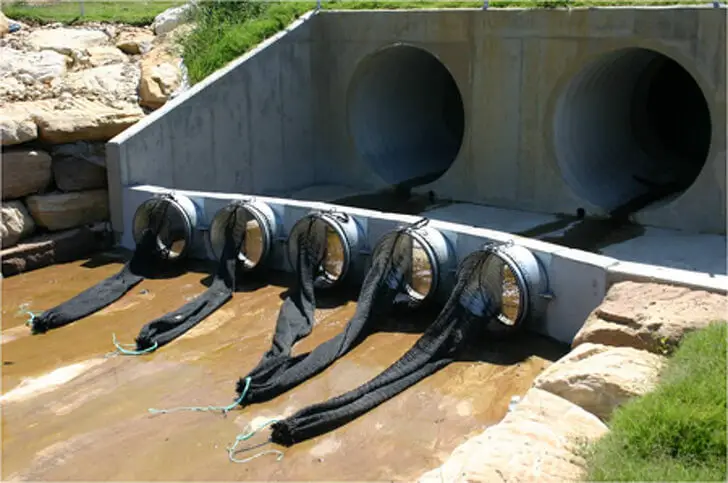
I think we can all agree that this new filtration system will have a massive positive impact on the environment as well as the wildlife in general.

